DALKHAI DANCE

Though Dusserah is the occasion of Dalkhai the most popular folk-dance of western Orissa, its performance is very common on all other festivals such as Bhaijauntia, Phangun Puni, Nuakhai etc. This is mostly danced by young women of Binjhal, Kuda, Mirdha, Sama and some other tribes of Sambalpur, Bolangir, Sundargarh and Dhenkanal districts of Orissa in which men join them as drummers and musicians. The dance is accompanied by a rich orchestra of folk music played by a number of instruments known as Dhol, Nisan (a typically giant sized drum made of iron case), Tamki (a tiny one sided drum 6″ in diameter played by two sticks), Tasa (a one sided drum) and Mahuri. However, the Dhol player controls the tempo while dancing in front of the girls. It is known as Dalkhai because in the beginning and end of every stanza the word is used as an address to a girl friend.
The love story of Radha and Krishna, the episodes from Ramayana and Mahabaharata, the description of natural scenery are represented through the songs. The young women dance and sing intermittently. The songs are of special variety with the additive ‘Dalkhai Bo’ which is an address to a girl-friend. While dancing to the uncanny rhythms of the Dhol, they place the legs close together and bend the knees. In another movement they move forward and backward in a half-sitting position. Sometimes they make concentric circles clock-wise and anti-clock-wise.
The women generally dress themselves with the colourful Sambalpuri Sari and wear a scarf on the shoulders holding the ends below in both the hands. Bedecked with traditional jewelry their robust framers sustain the strains of the dance for long hours. The Dalkhai dance has several adjunctive forms known as Mayalajada, Rasarkeli, Gunji kuta, Jamudali, Banki, Jhulki, Sainladi etc. On account of its style,theme and performance Dalkhai is basically a secular form.


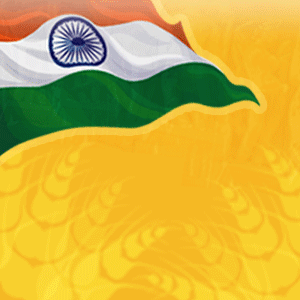
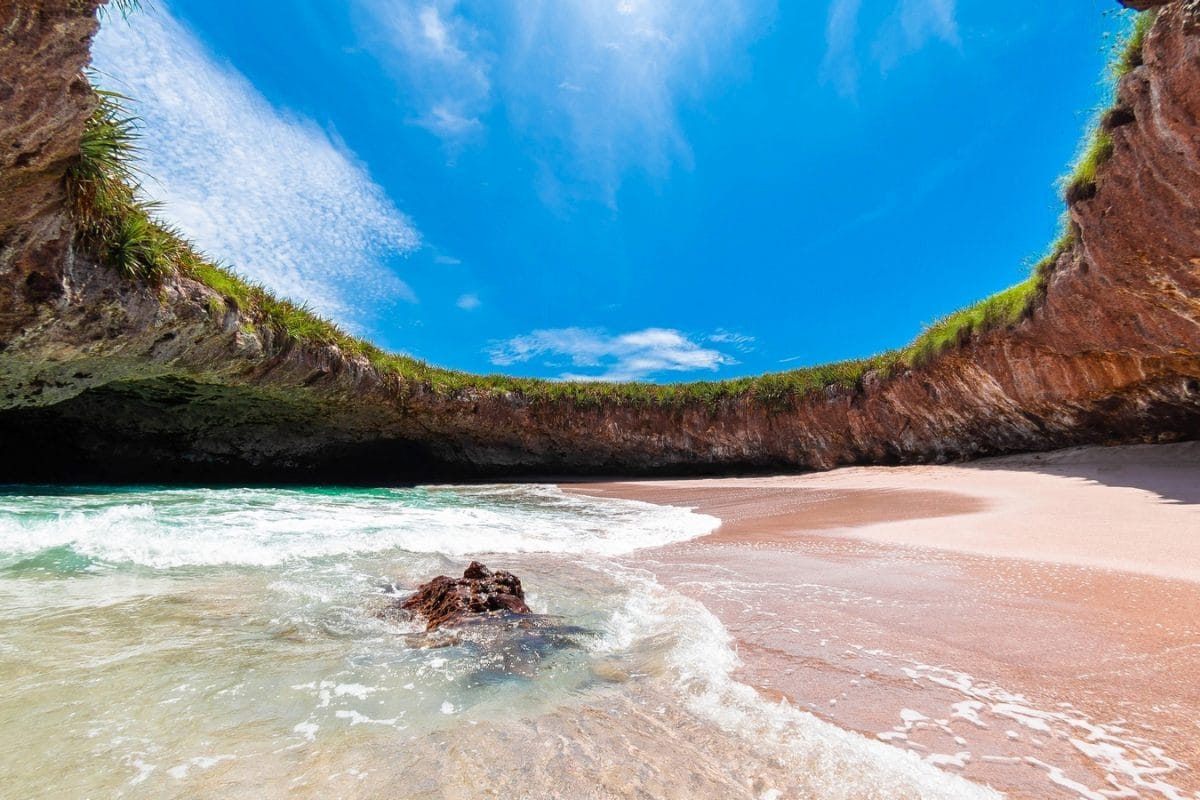

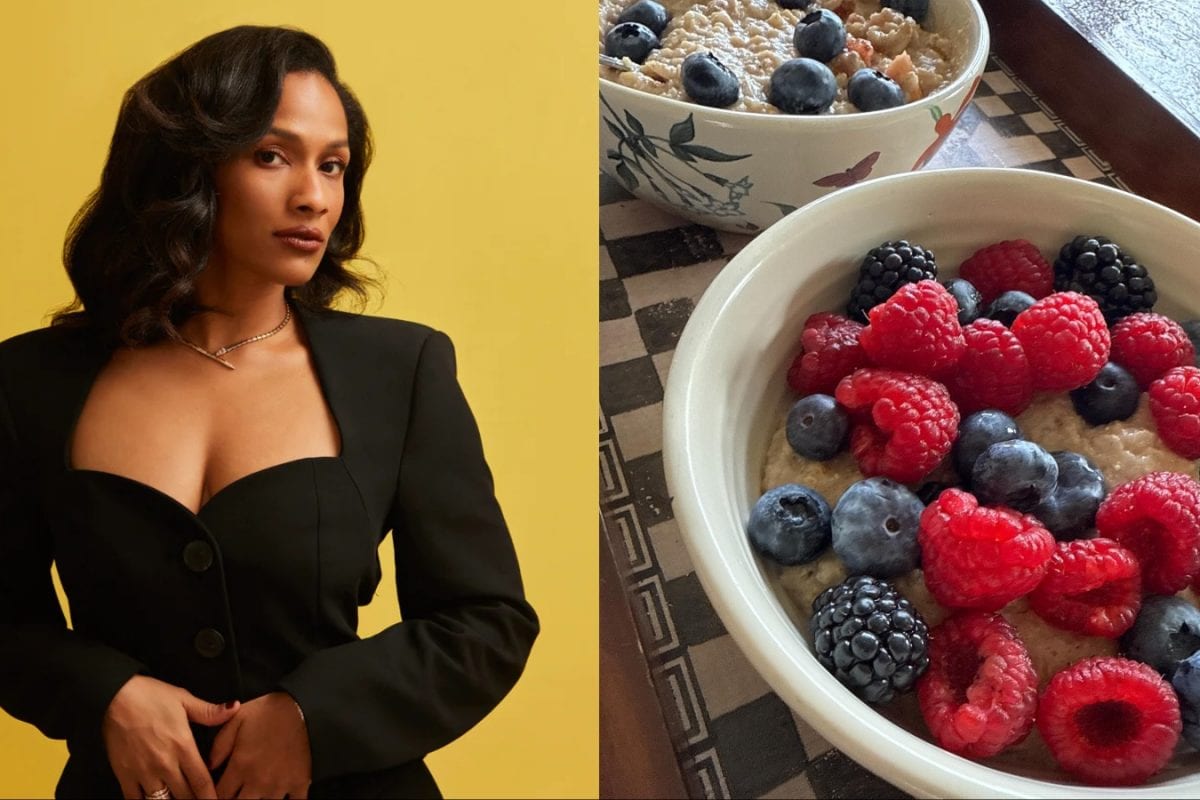
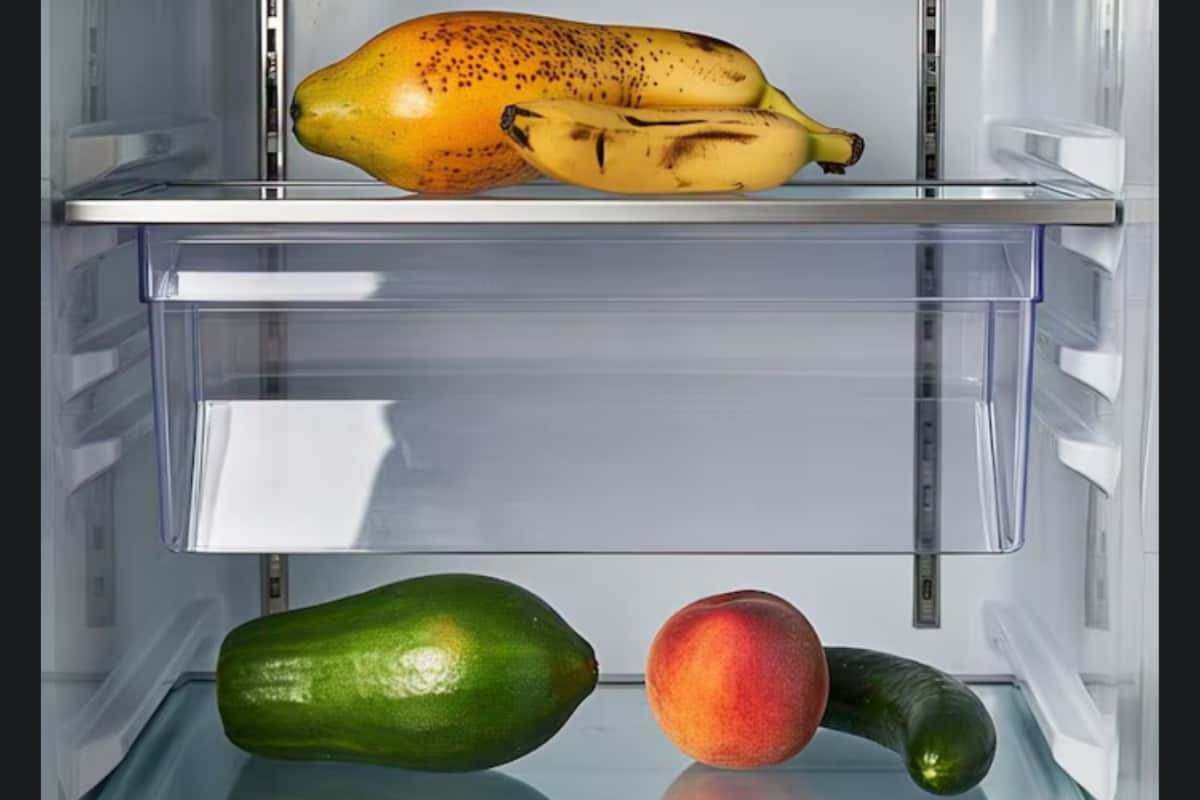
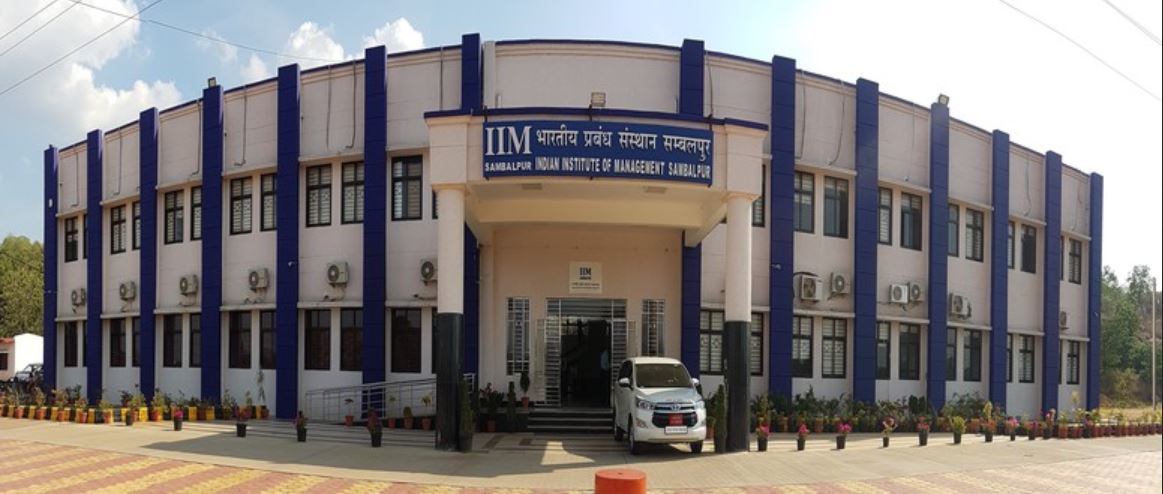 IIM Sambalpur
IIM Sambalpur
Leave a Reply